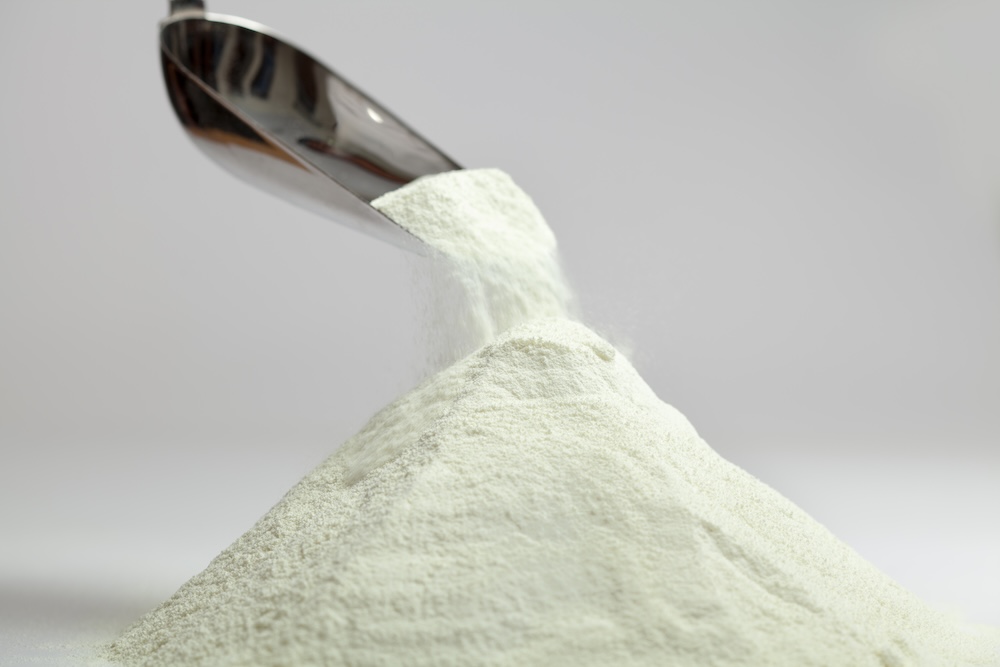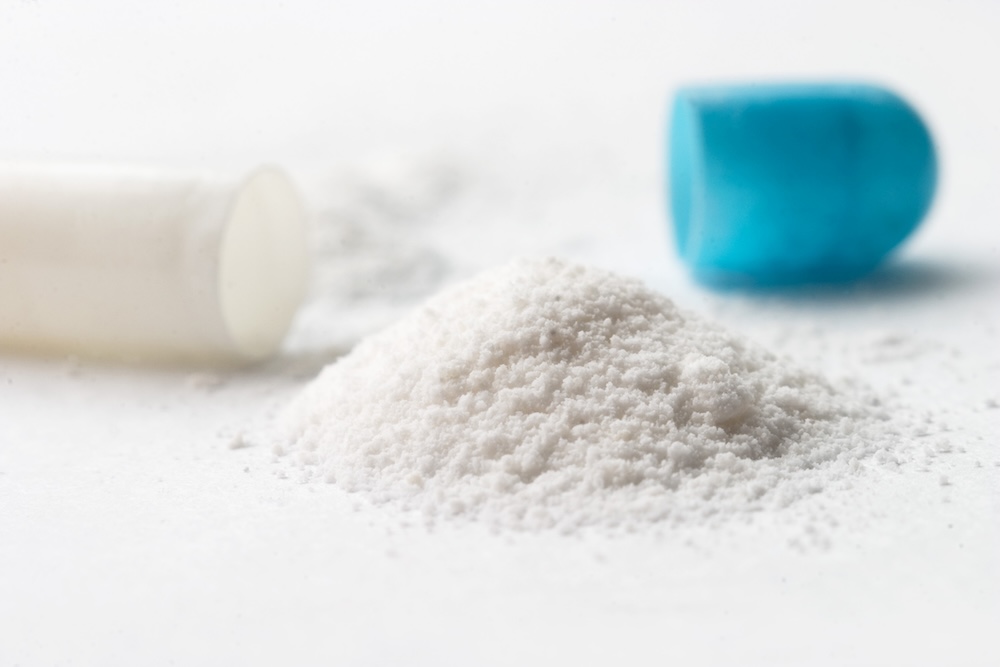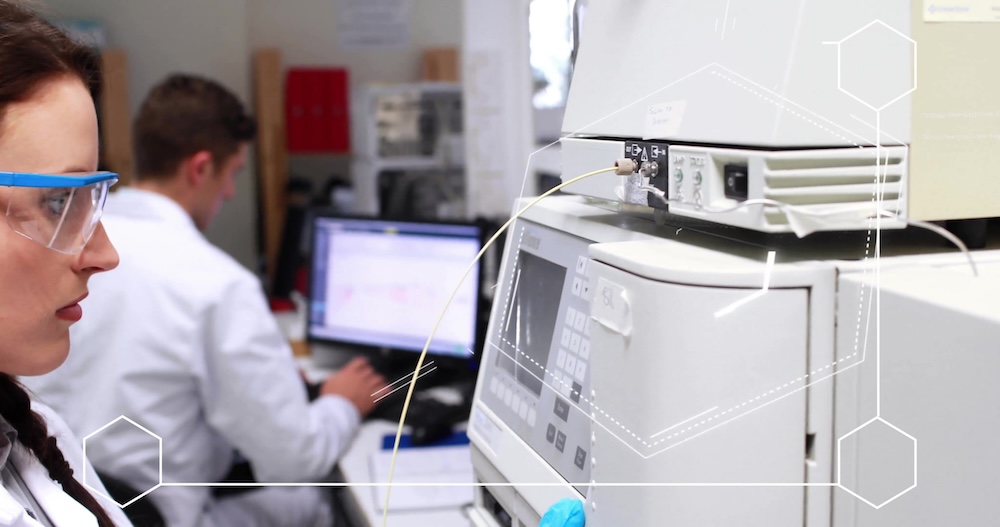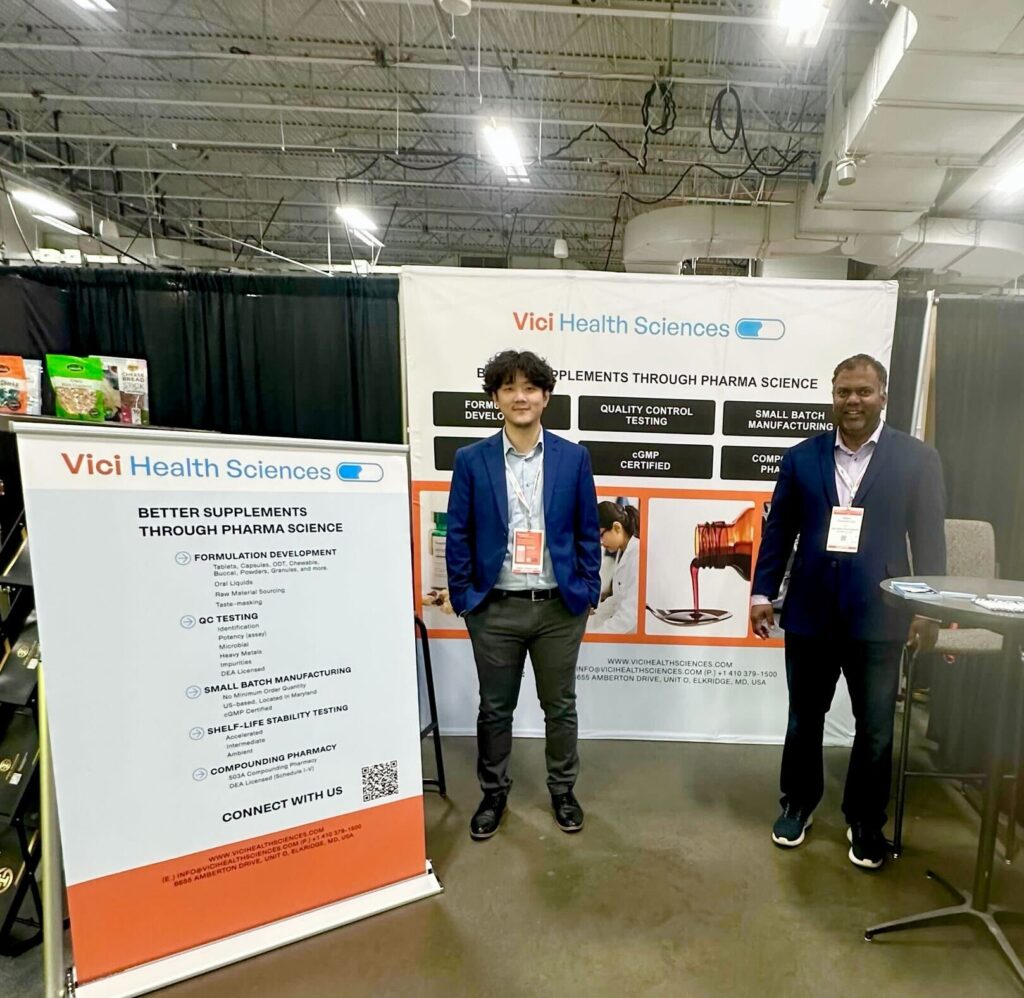Nitrosamine compounds have long been considered probable human carcinogens. Nitrosamines are produced by the reaction of nitrites and secondary amines. Nitrosamine compounds are ubiquitous in food, beverages, and the environment. In 2018, angiotensin II receptor blockers (ARB) medicines were withdrawn from the market in the US due to the presence of an impurity, N-nitrosodimethylamine (NDMA). Since then, regulatory agencies and pharmaceutical companies globally have focused on the potential for nitrosamine impurity growth in marketed drug products.
The European Medicines Agency (EMA) has requested all EU Marketing Authorization Holders of medicines for human use to follow the following steps before October 1st, 2023:
- Risk Assessment & Evaluation
Commercial products should evaluate the risk for nitrosamines’ potential growth in products containing chemically synthesized drug substances.
- Confirmatory Testing
The application holders should test products utilizing sensitive methods and immediately alert regulatory agencies if nitrosamines exist within the products.
- Remediation
Drug product authorization holders should introduce the required changes to the product to reduce nitrosamine growth.
Confirmation Testing
The FDA has published methods to test for 7 nitrosamine impurities. This test is the first go-to screening test for all products. However, further research and development should be conducted to determine if any tertiary, secondary, and primary amines of the drug substance become nitrosated. Tests such as the WHO Nitrosation Assay Procedure (NAP) test should be employed to evaluate the nitrosability of drugs. Standards can then be synthesized and testing must be performed for the presence of any nitrosamines in the drug product
Remediation Work
Identifying the source of contamination may be challenging. Often, risk assessment statements provided by drug substance manufacturers are inaccurate. Testing of nitrosamines, nitrites, and nitrates in all raw ingredients is the first step towards performing a suitable root cause analysis. Once identified, setting appropriate specifications on the incoming raw materials, selecting vendors and grades with acceptable levels of impurities, and possible manufacturing process changes to reduce nitrosamine levels must be considered.
To meet Agency mandated deadlines, pharmaceutical companies often must work with in-house R&D teams and external vendors to evaluate the risk, perform testing, and undertake remediation when needed to ensure that their products remain in the market. Vici can help companies handle and manage nitrosamine-related projects. Vici has state-of-the-art in-house testing capability and works with worldwide experts on the science and regulations governing nitrosamine impurities to help companies navigate this challenge with minimal cost and revenue impact while ensuring patient safety.
To contact our team, please email info@vicihealthsciences.com, or call +1 (410) 379-1500.





